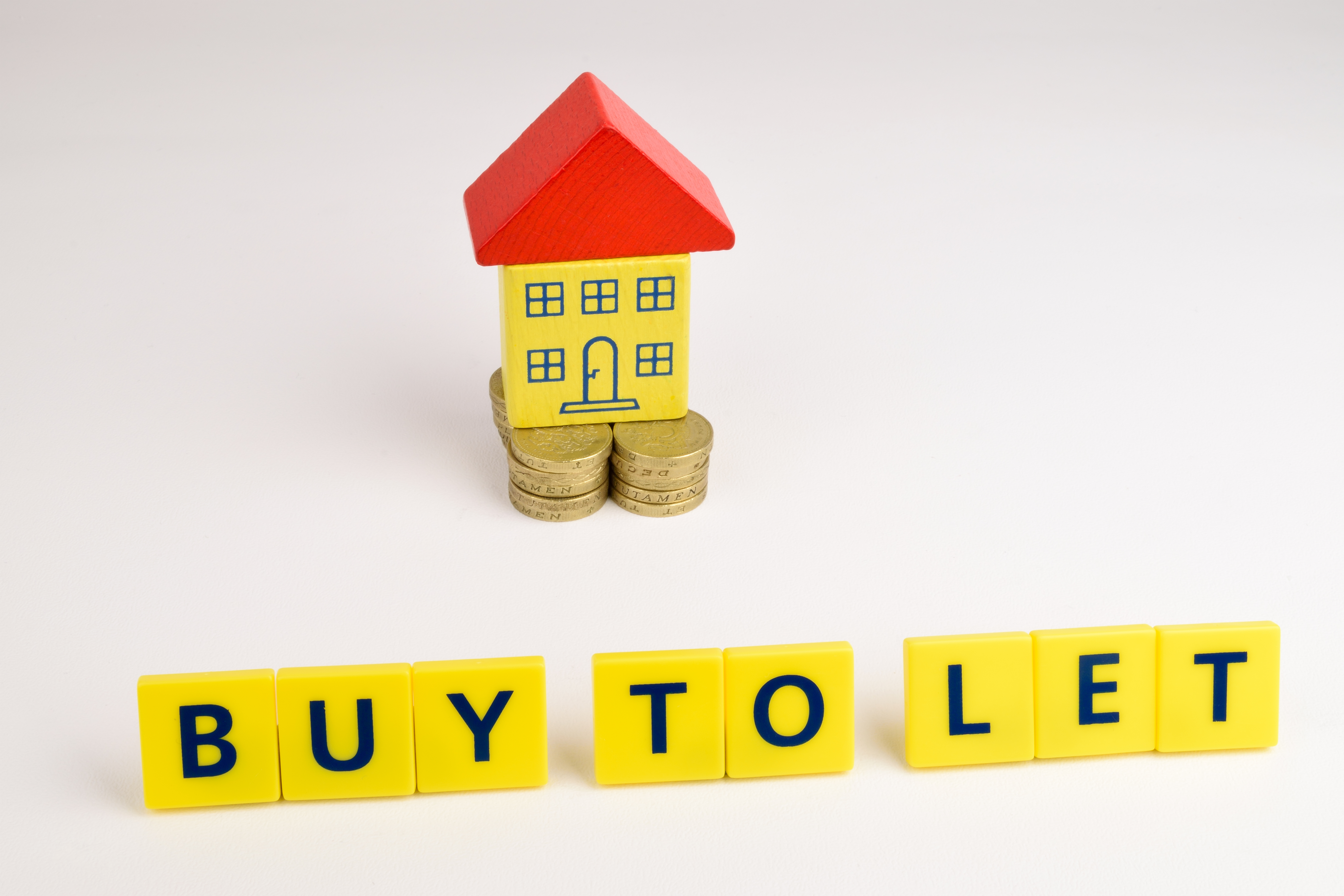
Understanding the Buy-To-Let Stamp Duty Surcharge
07-08-2025 | FinancialIf you’re thinking about buying a buy-to-let property as a second home in the UK, you might be wondering how much stamp duty you will have to pay. In England and Northern Ireland, landlords with buy-to-let properties that are an addition to their own home are required to pay a surcharge on top of residential stamp duty rates.
In this article, we will support you through the process of buying your buy-to-let property by providing you with an in-depth overview of the buy-to-let stamp duty surcharge and how much you’ll need to pay.
What is the buy-to-let stamp duty surcharge?
In England and Northern Ireland, stamp duty is a tax that is charged when you buy a property over the price of £125,000. If you are a landlord investing in a buy-to-let property that is in addition to your home, then you will be required to pay a buy-to-let stamp duty surcharge if the property costs more than £40,000. Depending on the price of the property, this can be an extra 5%–17% (since 31 October 2024, the surcharge increased from 3% to 5%).
Why do landlords have to pay a buy-to-let stamp duty surcharge?
The reason behind the government’s choice when introducing a higher stamp duty for second homes and buy-to-let properties was to discourage property investment by increasing the upfront cost of buying additional properties. The reason they wanted to do this was to make properties more affordable for first-time buyers and create a more accessible housing market.
Despite this reasoning, some have argued that there could be negative consequences of introducing a higher stamp duty, including landlords charging tenants more to try and cover this additional cost.

How much extra stamp duty do I have to pay on my buy-to-let property?
After the release of the October 2024 Budget, the buy-to-let stamp duty surcharge was increased from 3% to 5%. After the release of the October 2024 Budget, the buy-to-let stamp duty surcharge was increased from 3% to 5%. From 1 April 2025, the nil-rate threshold reverted to £125,000.
The total surcharge depends on the price of the property being purchased. See below the stamp duty rates for residential properties and buy-to-let properties.
Stamp duty rate for residential properties in England and Northern Ireland
- Up to 125,000 – 0%
- £125,001 – £250,000 – 2%
- £250,001 – £925,000 – 5%
- £925,001 – £1.5 million – 10%
- Over £1.5 million – 12%
Stamp duty rate for buy-to-let properties in England and Northern Ireland
- Up to 125,000 – 5%
- £125,001 – £250,000 – 7%
- £250,001 – £925,000 – 10%
- £925,001 – £1.5m – 15%
- Over £1.5m – 17%
Note: Multiple Dwellings Relief (MDR) was abolished on 1 June 2024 (with limited transitional rules). If you buy six or more dwellings in one transaction, non-residential rates may apply instead.
Example costs for buy-to-let properties with stamp duty surcharge
- Buy-to-let property with a purchase price of £250,000 would need to pay stamp duty of £15,000
- Buy-to-let property with a purchase price of £350,000 would need to pay stamp duty of £25,000
Stamp duty rate for buy-to-let properties in Scotland (LBTT + ADS)
In Scotland, Stamp Duty does not apply. Instead, buyers pay Land and Buildings Transaction Tax (LBTT) at the normal residential rates, plus the Additional Dwelling Supplement (ADS).
LBTT residential rates:
- Up to 145,000 – 6%
- £145,001 – £250,000 – 8%
- £250,001 – £325,000 – 11%
- £325,001 – £750,000 – 16%
- Over £750,000 – 18%
ADS (additional property surcharge):
8% of the entire purchase price (flat rate), payable in addition to LBTT, for most additional dwellings.
Stamp duty rate for buy-to-let properties in Wales (LTT – higher residential rates)
- Up to 180,000 – 5%
- £180,001 – £250,000 – 8.5%
- £250,001 – £400,000 – 10%
- £400,001 – £750,000 – 12.5%
- £750,001 – £1.5m – 15%
- Over £1.5m – 17%
What if I am buying a property but I am not a UK resident?
If you are a non-UK resident purchasing a buy-to-let property in England or Northern Ireland, you will pay an additional 2% stamp duty surcharge on top of the increased buy-to-let stamp duty rates.
A non-UK resident includes anyone who has not lived in the UK for at least 183 days during the 12 months preceding the purchase.
What if I am buying multiple properties from the same seller?
If you are purchasing multiple buy-to-let properties from the same seller, this is considered a ‘linked’ purchase and therefore you will have to pay stamp duty on the total purchase price of the multiple properties. This can push the total into a higher SDLT band, resulting in more tax payable overall.
For example, if you’re buying three buy-to-let properties from the same seller for £200,000, £250,000, and £300,000, with a total of £750,000.
Because this is a linked transaction, SDLT is calculated based on the £750,000 total, not on each property separately. This could result in a higher SDLT bill than if the purchases were unlinked.
Is there any way to avoid the buy-to-let stamp duty surcharge?
The buy-to-let stamp duty surcharge was implemented to improve the housing crisis, which is preventing people from being able to own their own homes. While this additional tax can’t be avoided, there are some exemptions. Additional properties under £40,000 don’t require a surcharge, and caravans, mobile homes and houseboats are all excluded.
Ultimately, the buy-to-let stamp duty surcharge is designed to improve the UK property market. These additional costs can impact the ability for landlords to expand their investment portfolios, and it is important to understand the costs involved before purchasing additional properties. For anyone considering a buy-to-let investment, understanding this surcharge is essential to making informed, financially sound decisions in today’s housing market.
For more information on how to protect your property as a landlord, be sure to visit our resource centre. At CIA Landlords, we have the expertise to find the best landlord insurance deals that are suitable for your needs. Contact us today at 01788 818 670 for a quote.
We won't be beaten on any like for like landlord insurance quote.
Get a quote
